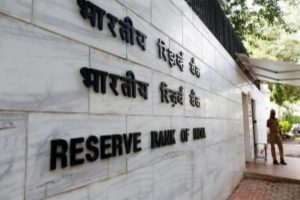Developments in Afghanistan once the withdrawal of US-Nato ground forces from the country is complete would need to be monitored in a granular manner by all stakeholders in the region.
The portents do not look promising. While optimists in the strategic community feel it is not inconceivable that the structures which prop up the existing political dispensation could be preserved to a significant extent, such a scenario coming to pass requires a power-sharing deal sans excessive bloodshed between the Taliban and the government coming to fruition.
Advertisement
It is, therefore, far more likely that a protracted and increasingly fragmented civil war is on the horizon. Indeed, various stakeholders have already begun factoring in possible Taliban gains on the ground and in political negotiations in their forecasts.
The emerging consensus is that fighting will intensify as the last US troops leave Afghanistan, with the Taliban expected to mount a military offensive between late 2021 and early 2022; the more territory and resources it ends up controlling, the stronger its position would be in negotiations.
The role of the Afghan National Defence and Security Forces (ANDSF) is, in this context, crucial ~ if it manages to retain the loyalty of its reasonably well-trained personnel and causes enough damage to the Taliban to give it pause for thought, serious intra-Afghan negotiations on power-sharing could begin sooner rather than later.
It would also be the basis on which the continuation of the existing Afghan Constitution, which prescribes competitive elections and offers a Constitutional commitment to human, minority, and women’s rights, could be negotiated from a position of relative strength.
To enable this, however, there needs to be an element of cold-blooded tactical thinking by the Afghan government and the regional powers supporting it such as Russia, India, and, at a pinch, even China. Militarily, the priority for Kabul has to be to ensure that even when Western troops leave, the government retains services of military contractors operating in the country who have, like it or not, proven to be a bulwark against the Taliban.
The nature of the arrangement between the regime and the contractors so that the latter stay on in the country need not be advertised. But Washington should be willing to facilitate such an arrangement and Afghanistan’s key neighbours (sans Pakistan) equally willing to look the other way for it to work.
Iran too ought to be on board ideally, but the newly-elected hardliner President Ebrahim Raisi will need to be worked on given Tehran’s traditional antipathy towards accepting Western forces of any description in Muslim countries. Afghanistan’s allies will also have to find the courage to ignore the hand-wringing and hysteria such a move will surely engender, if only in the interest of protecting core rights of the Afghan people.
All this may sound rather distasteful and faintly medieval but that is precisely what dealing with the Taliban and its cohorts entails.











